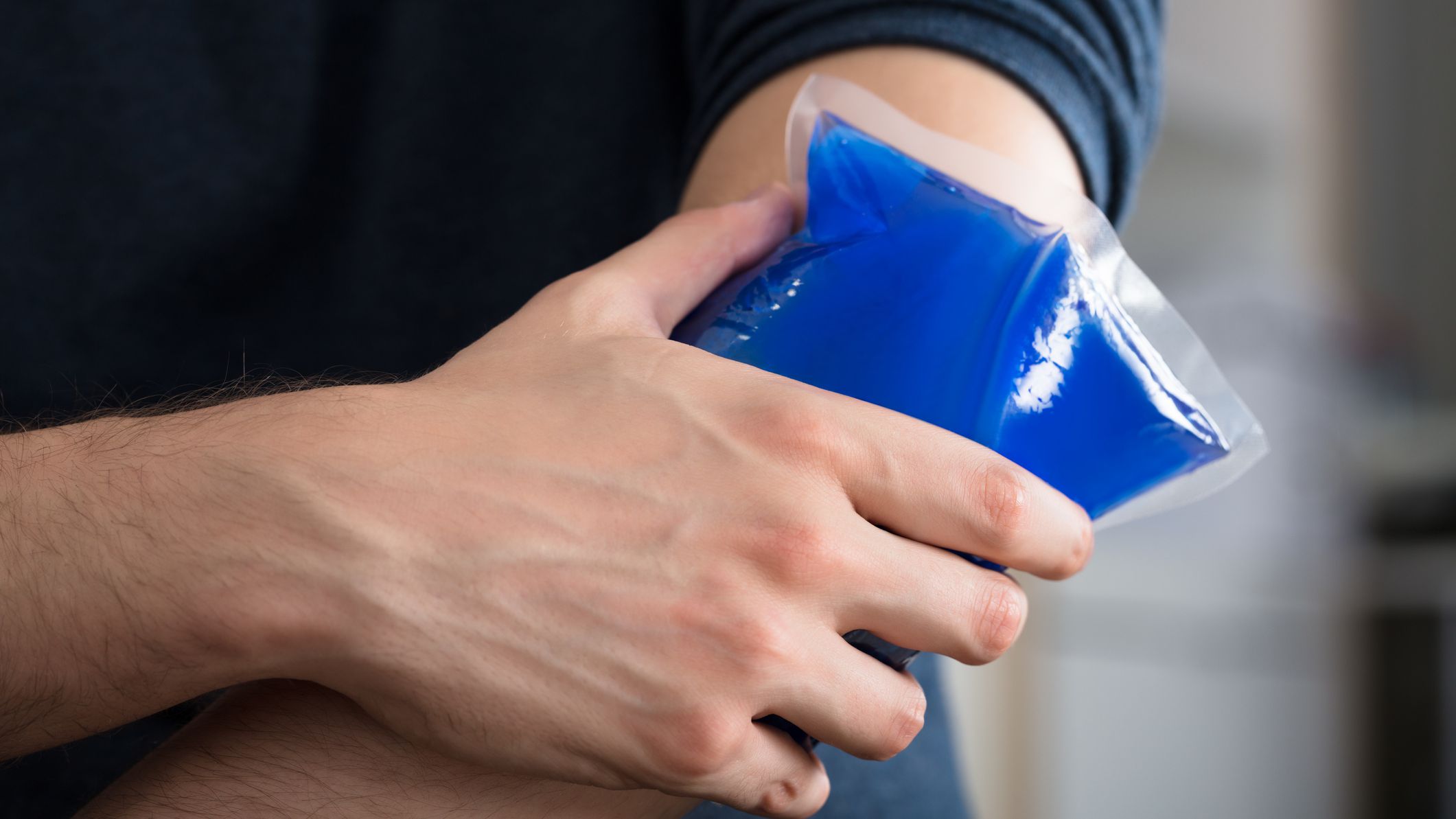
This article was published on: 03/2/22 6:22 AM
When you injure any part of the body, your body goes through the inflammatory process. Ice treatment is most commonly used for acute injuries. It helps to heal the tissue. It increases tissue temperature, redness, pain, swelling, etc. It happens when your body sends blood and cells to the injured part to help it heal. Swelling and pain happen as a result of this process. Ice can help to control those symptoms.
There are different ways to apply ice to an injury, such as filling a resealable bag with ice cubes and crushing the ice. Add a little water to the ice pack so it will conform to your body. Fill the paper cup with water and place it in the freezer. Peel the top of the cup away and massage the ice in a circular pattern over the injury. Use a bag of frozen peas or corn on your injury. Once used for icing, the defrosted food should not be eaten if you return it to the freezer to use again. There are many reusable cold pack products available that help with icing an injury. Many of these are designed to conform to a specific part of the body. If your injury starts to feel numb, it is time to remove the ice.
Never place ice directly on the skin; always use a cloth barrier like a thin bath towel. Keep the ice pack moving to avoid frostbite. Never ice an injury for more than 15 to 20 minutes. It is better to ice an injury several times a day than all at once. Remove the pack if you experience prickly pain or if the skin appears bright pink or red. Do not use an ice pack on the left shoulder if you have a heart condition. Don’t apply an ice pack around, in front of, or on the side of the neck.